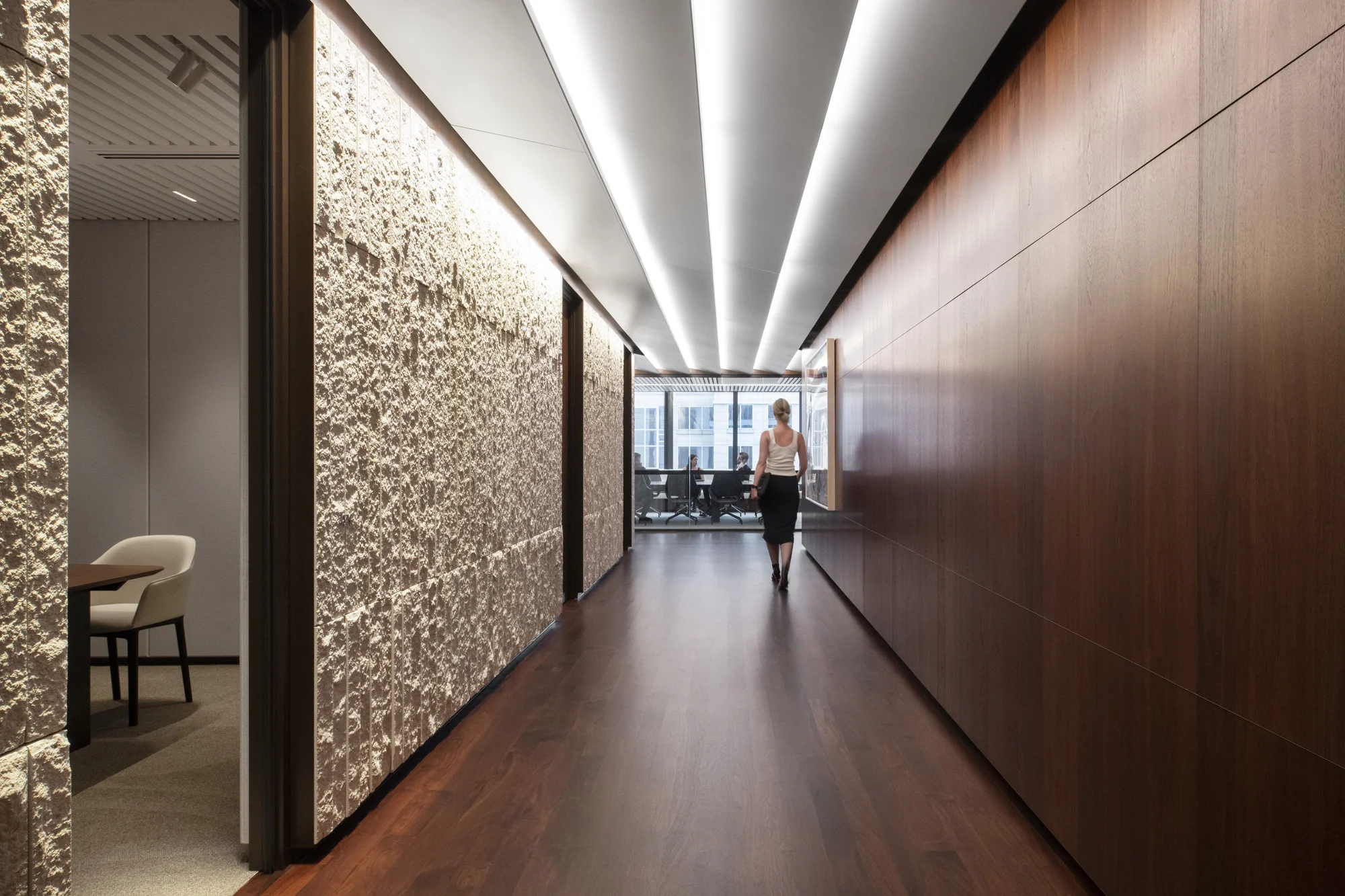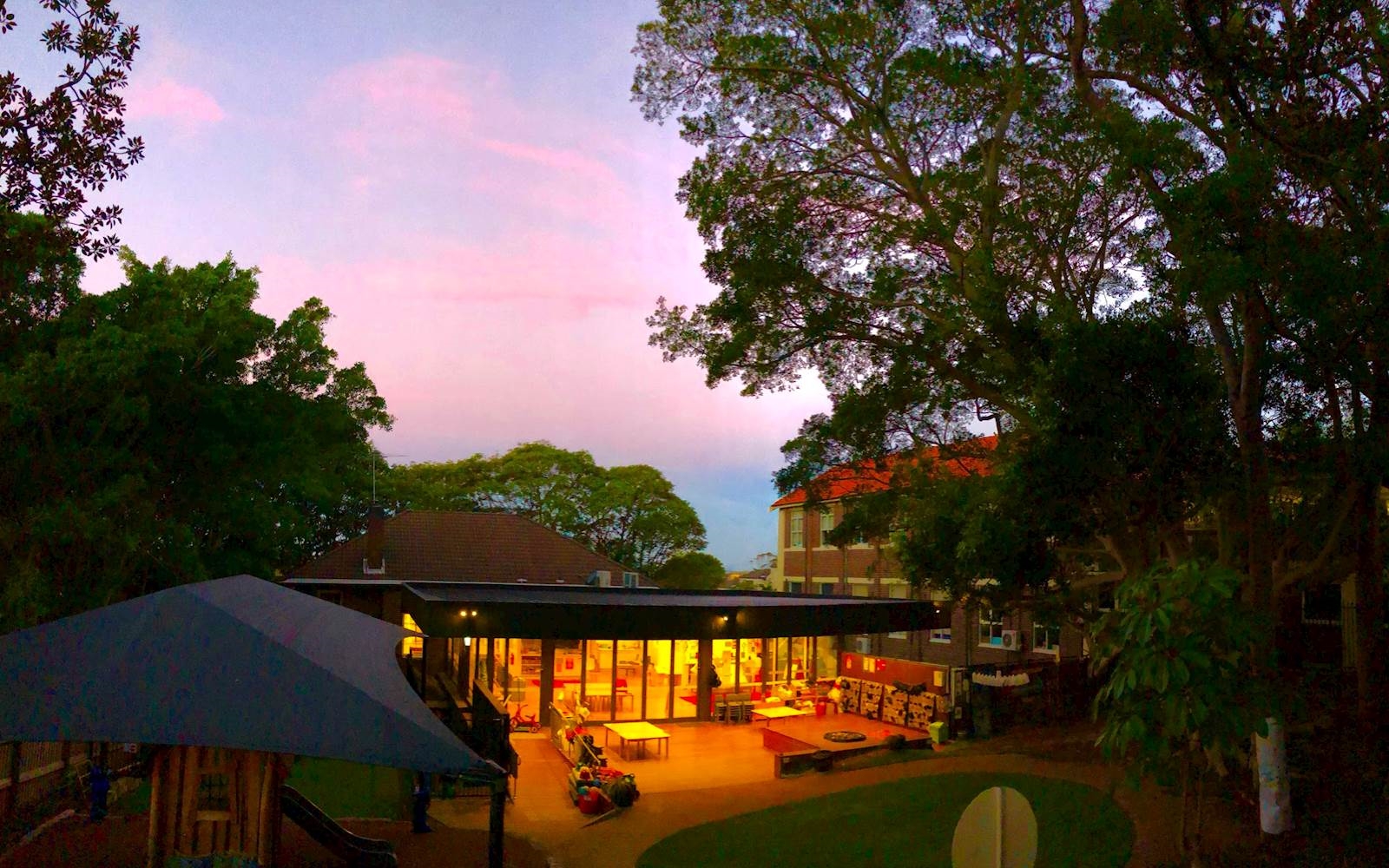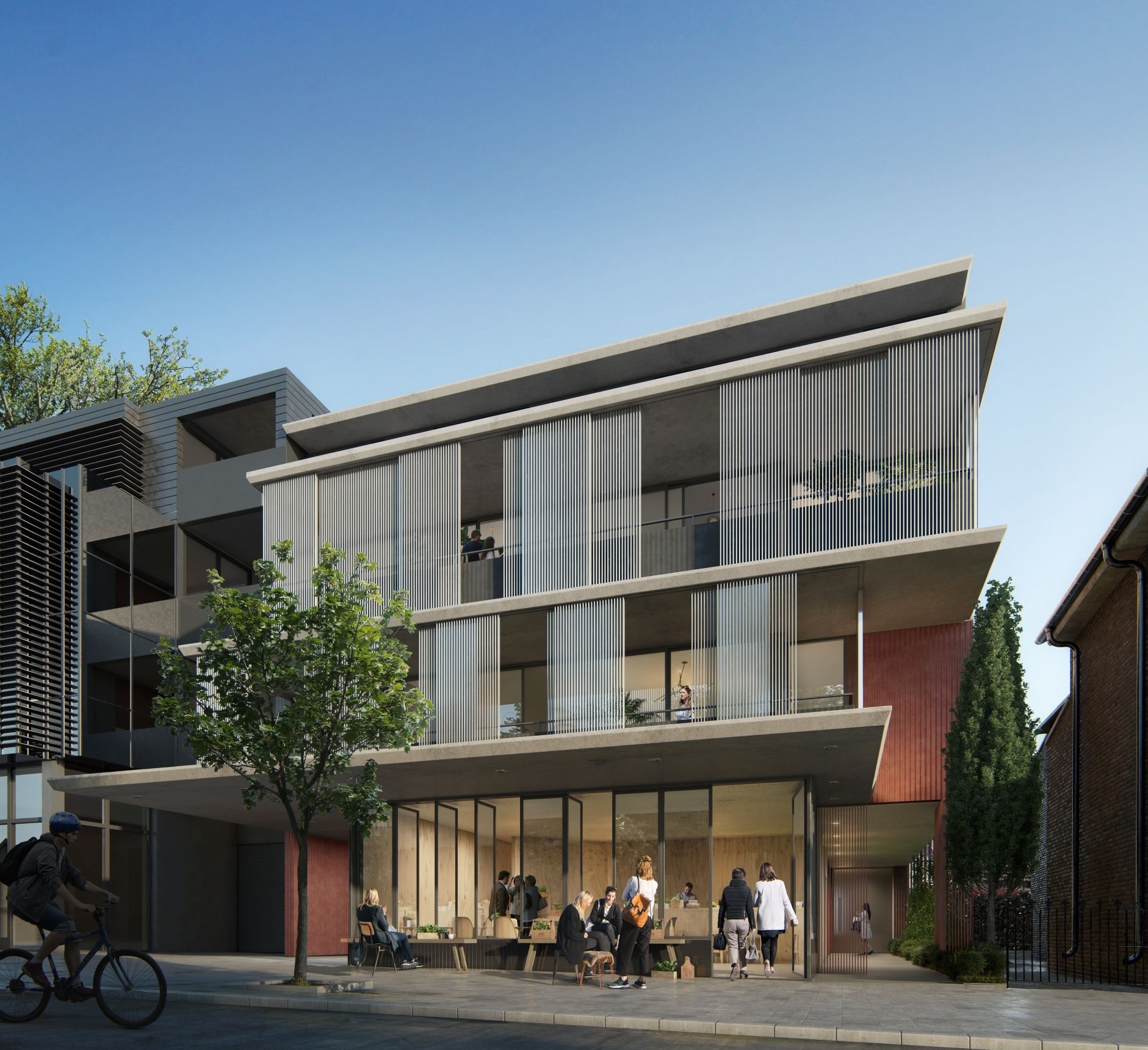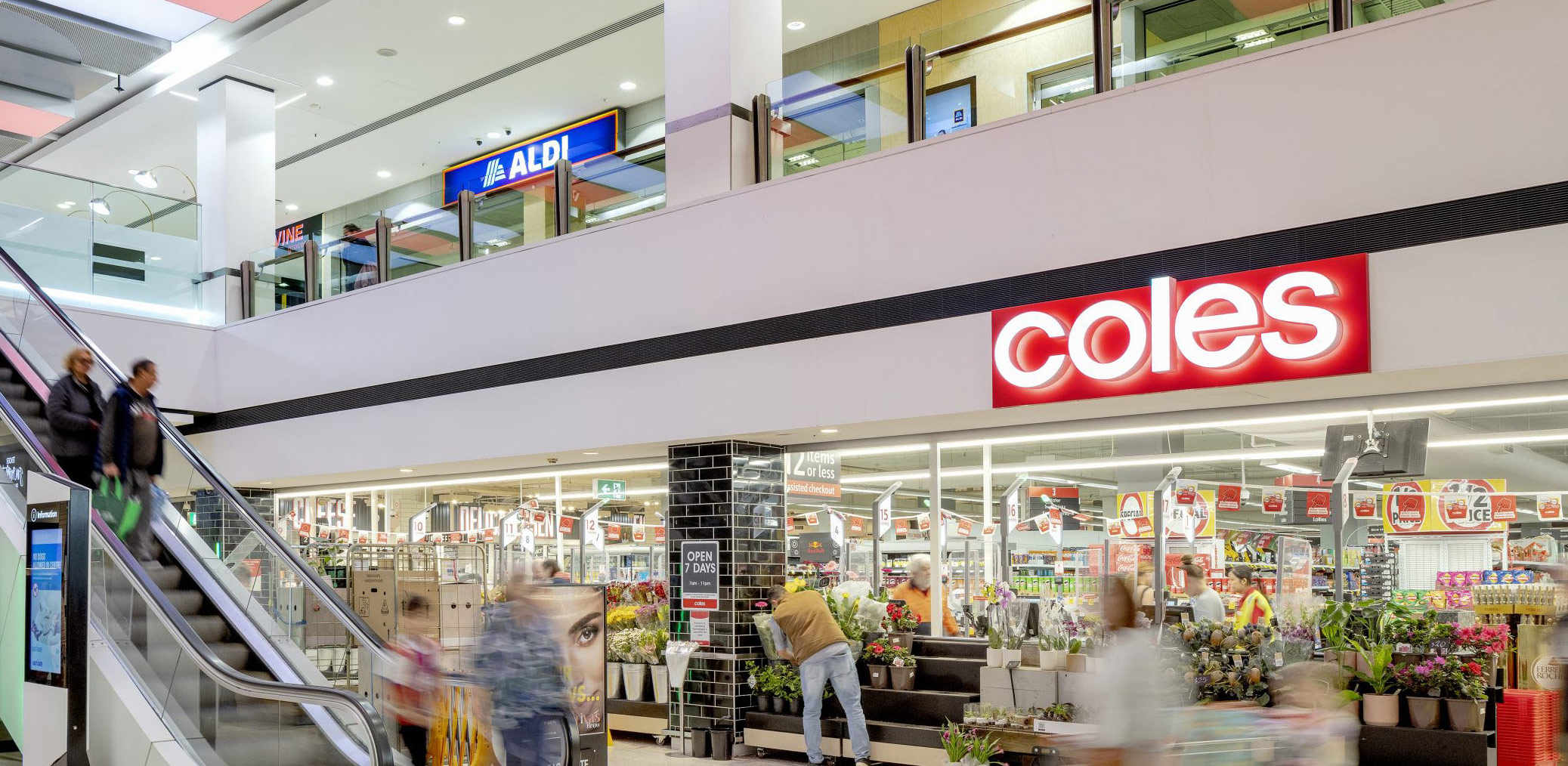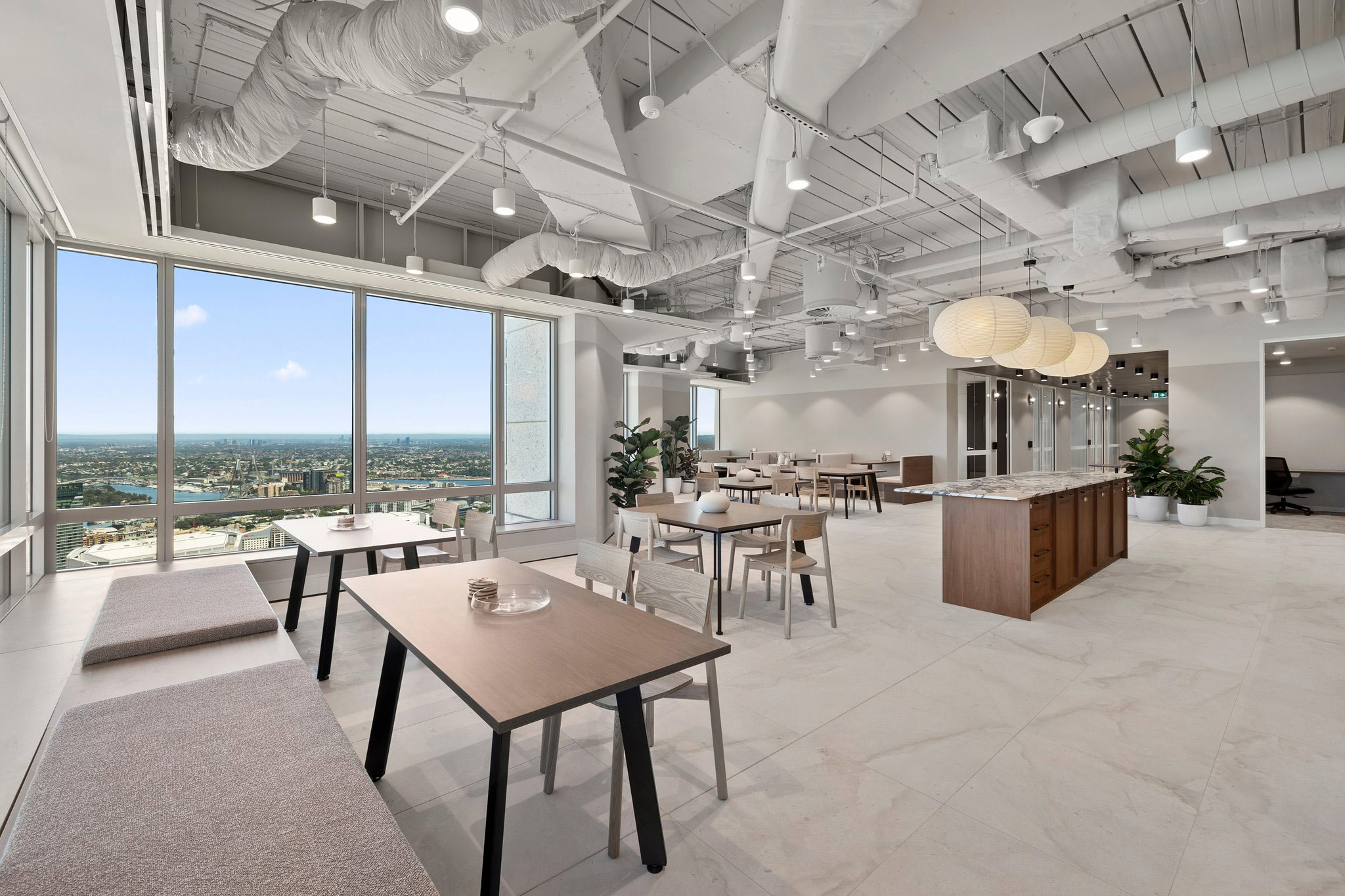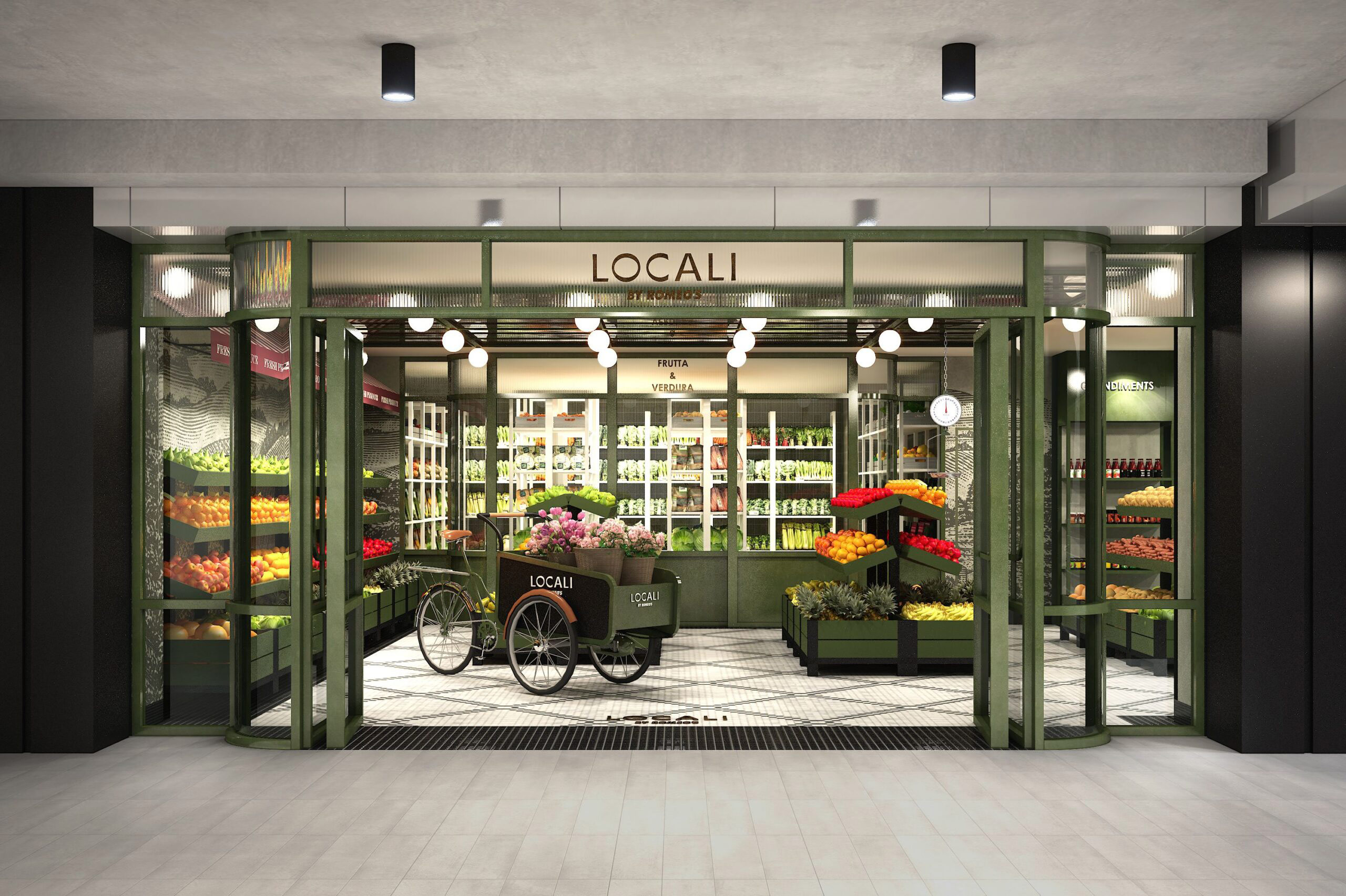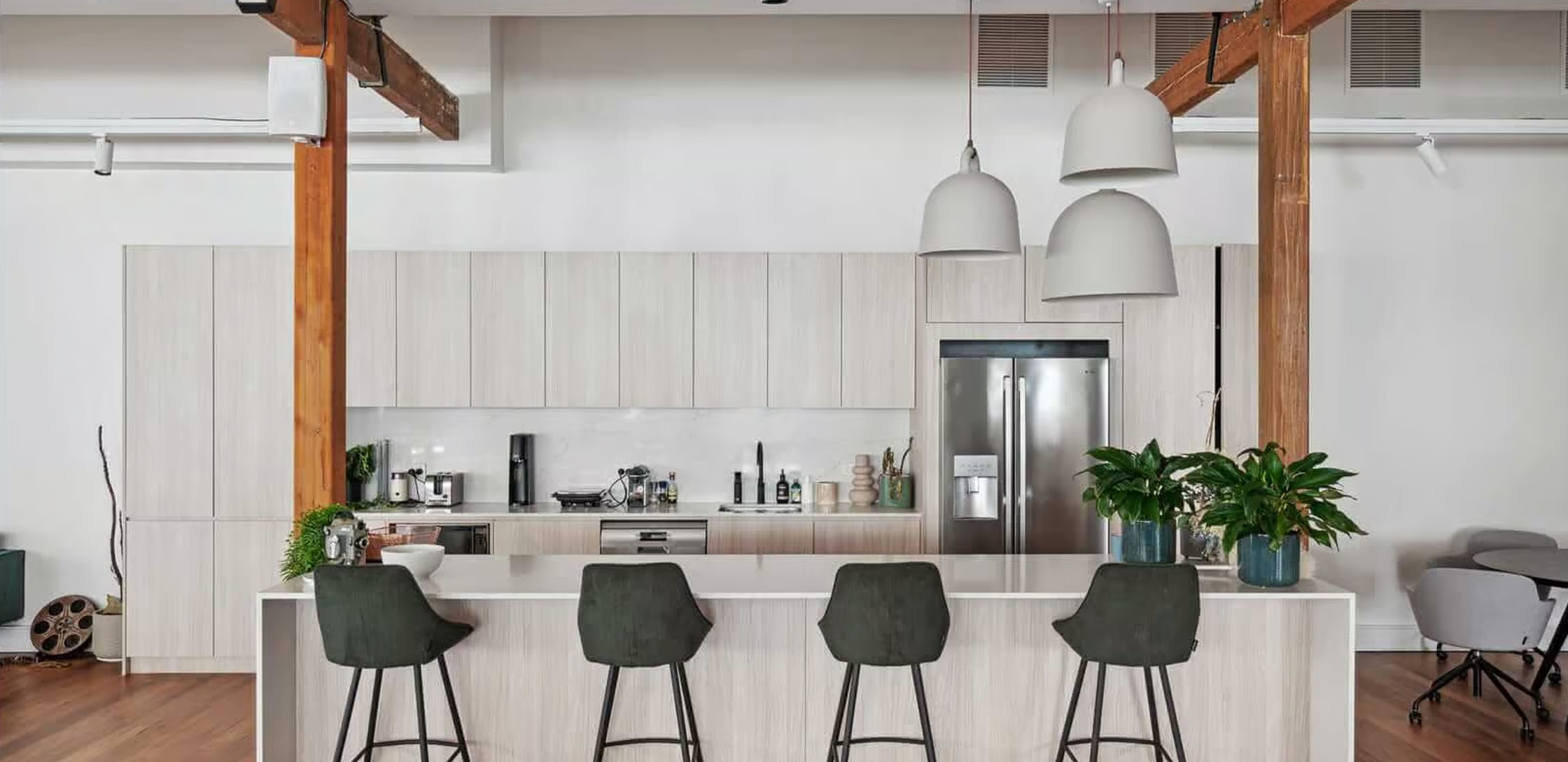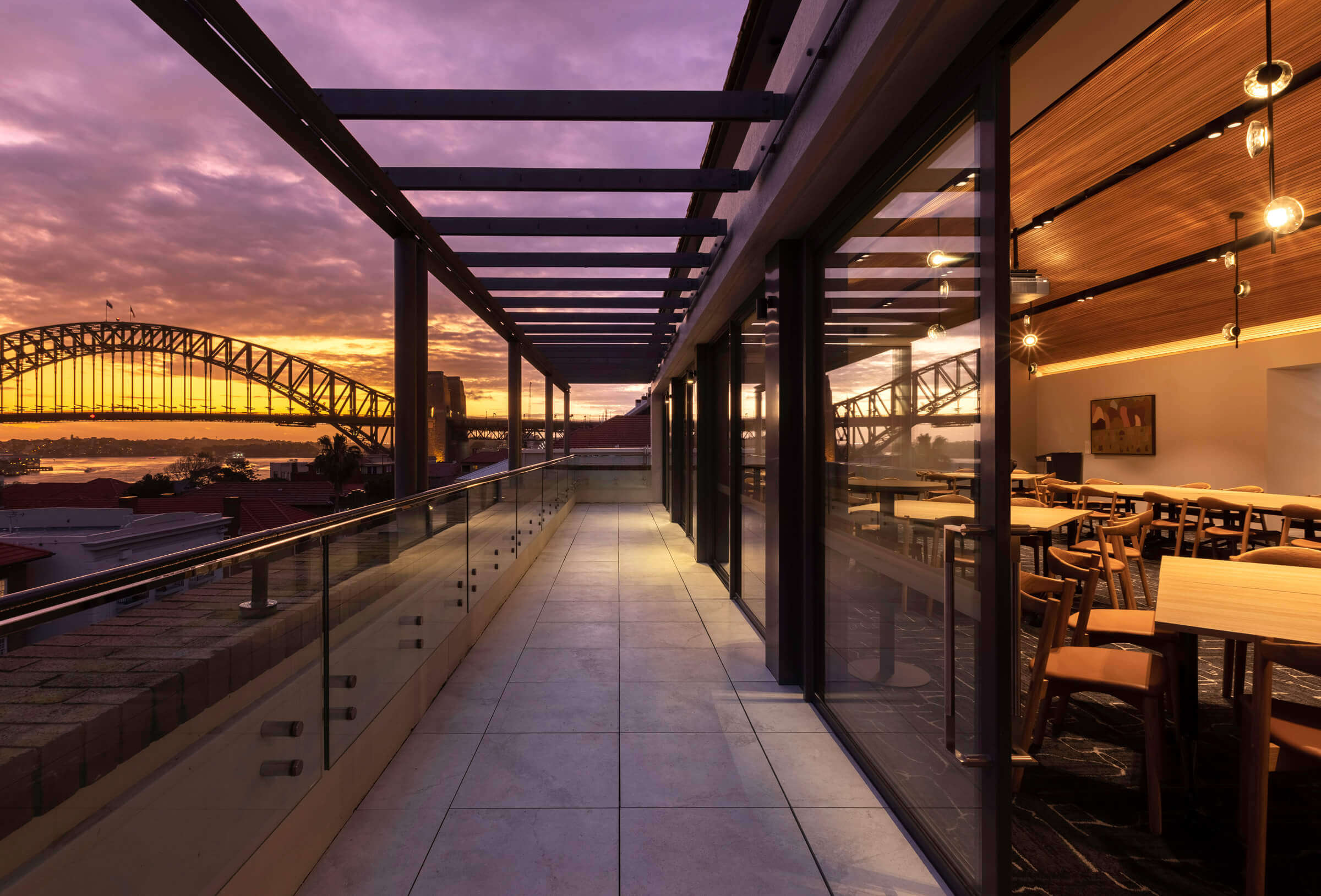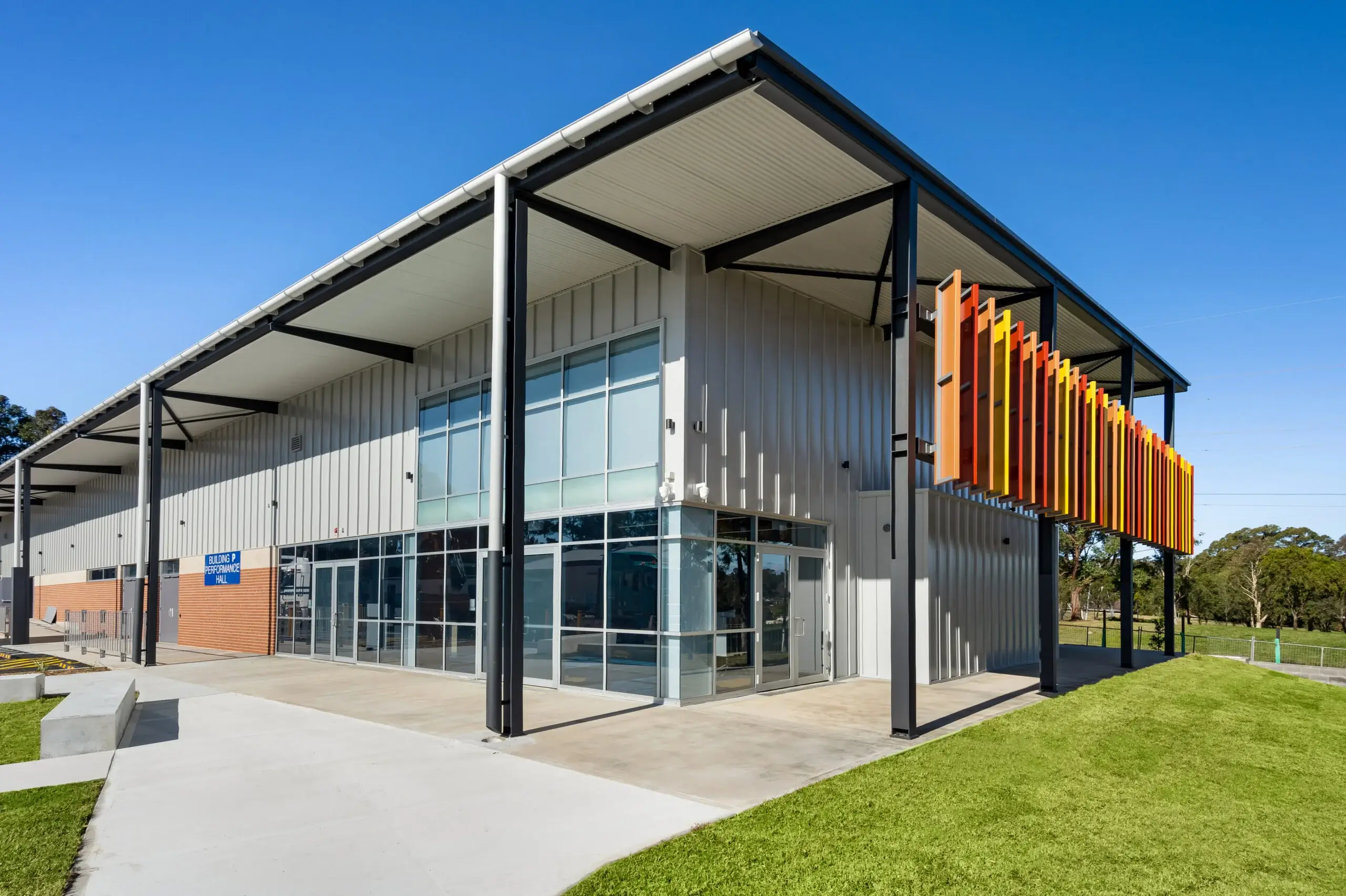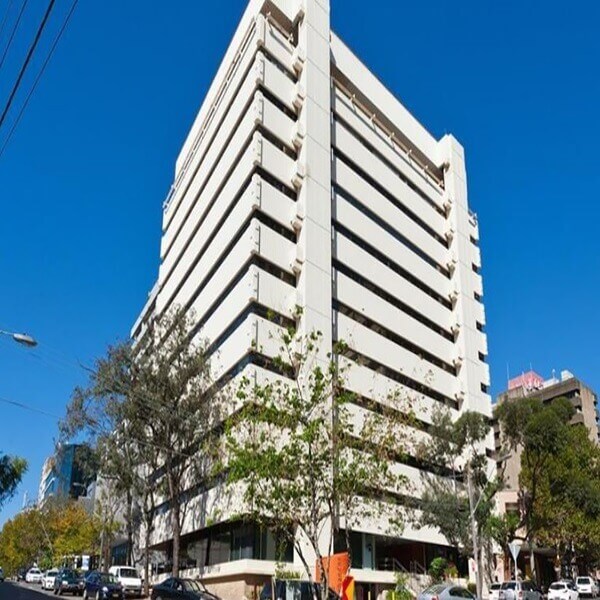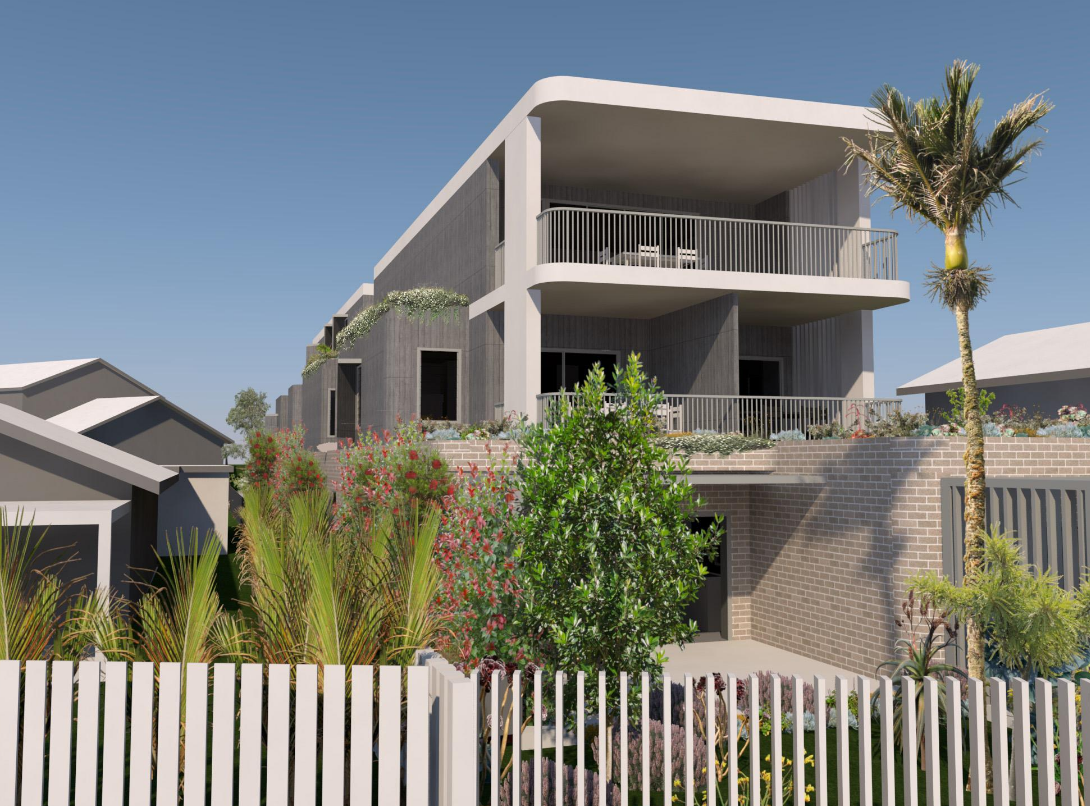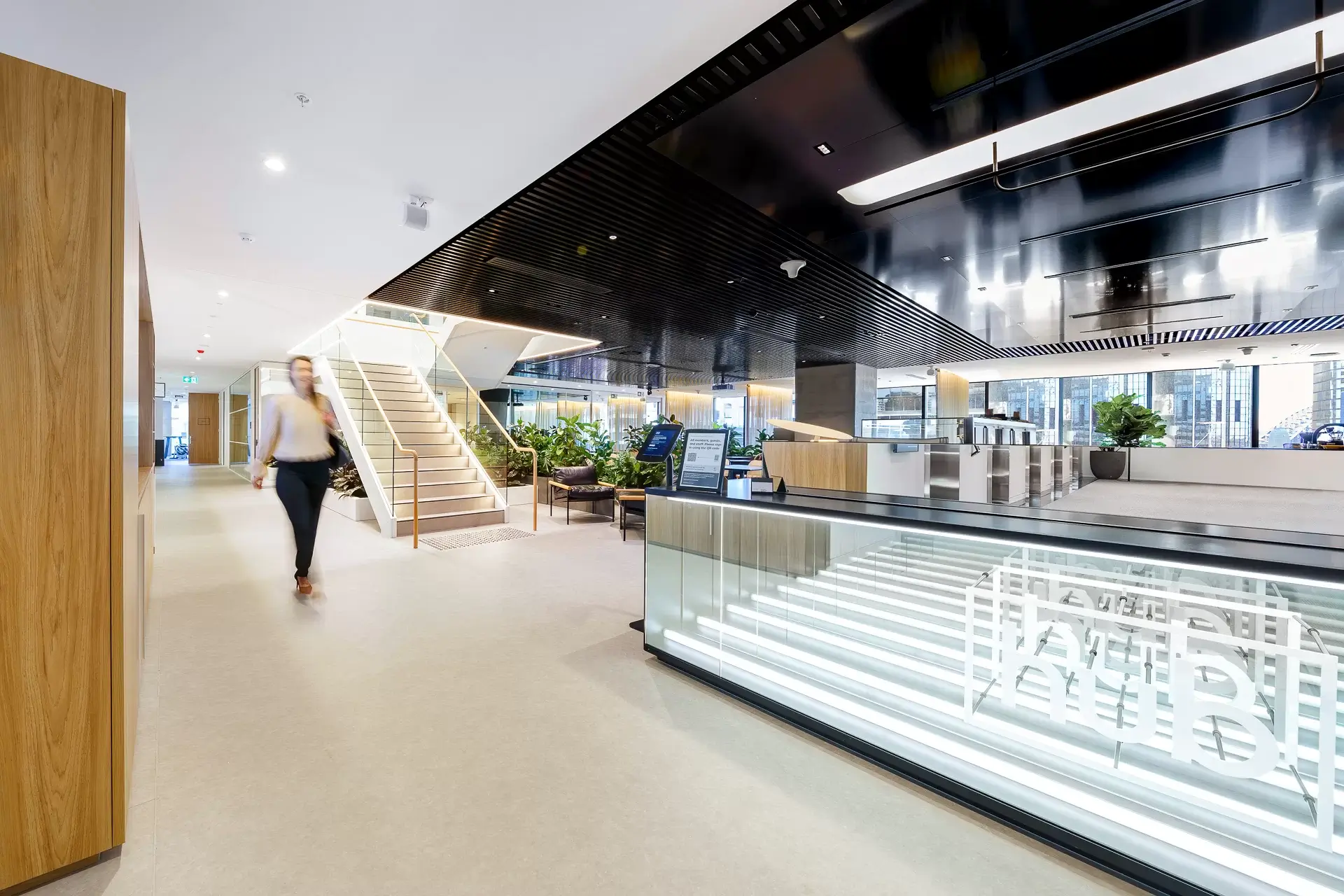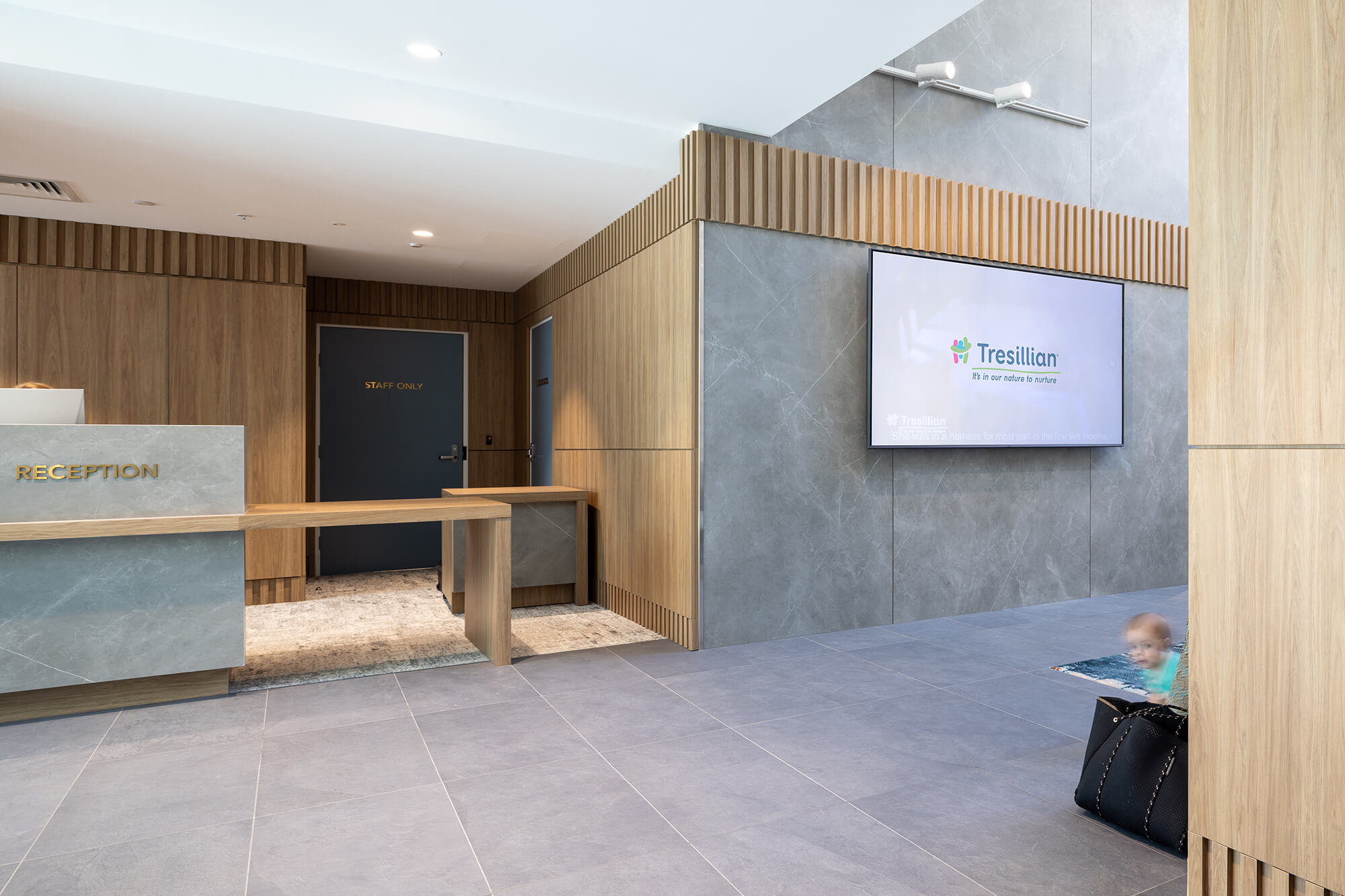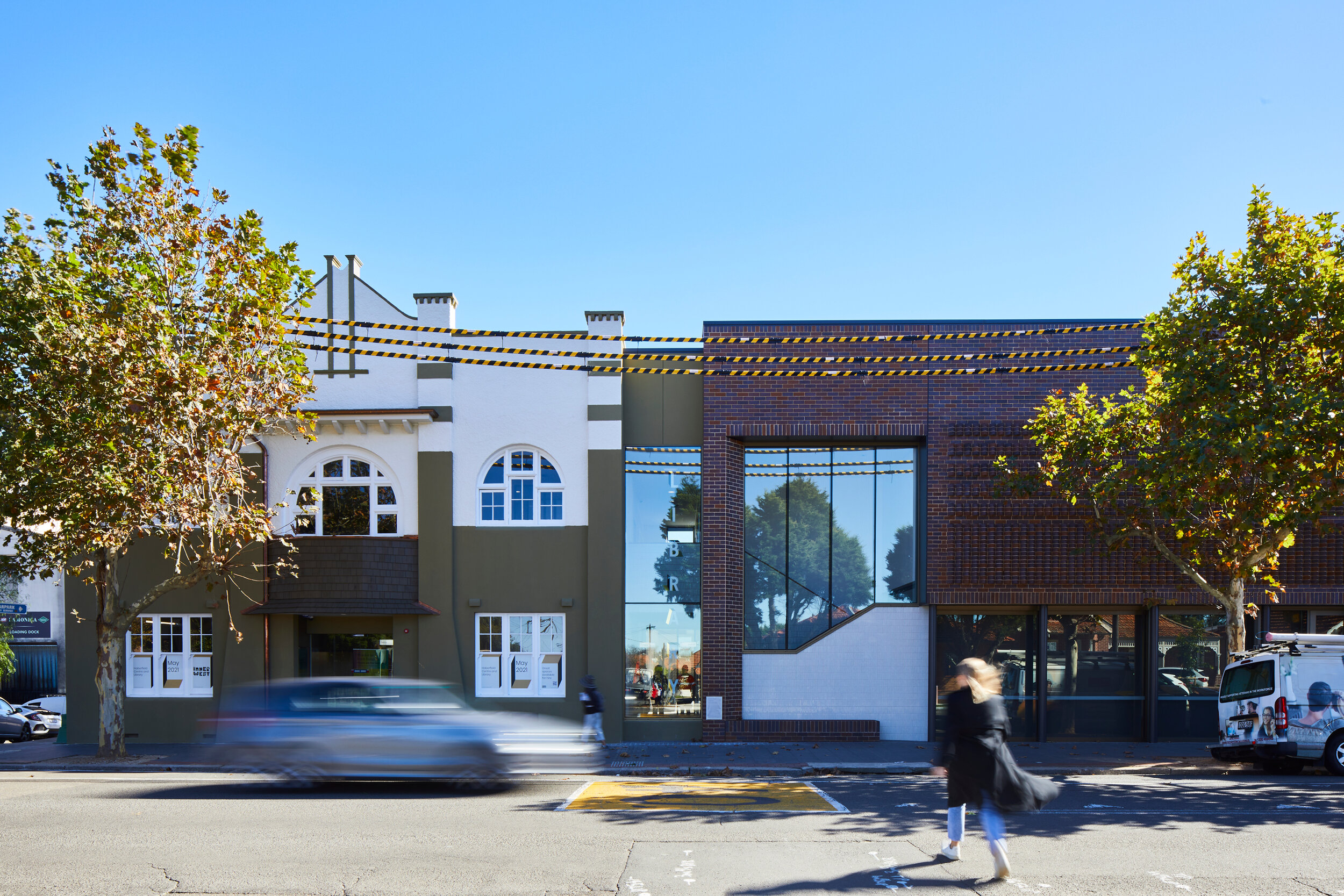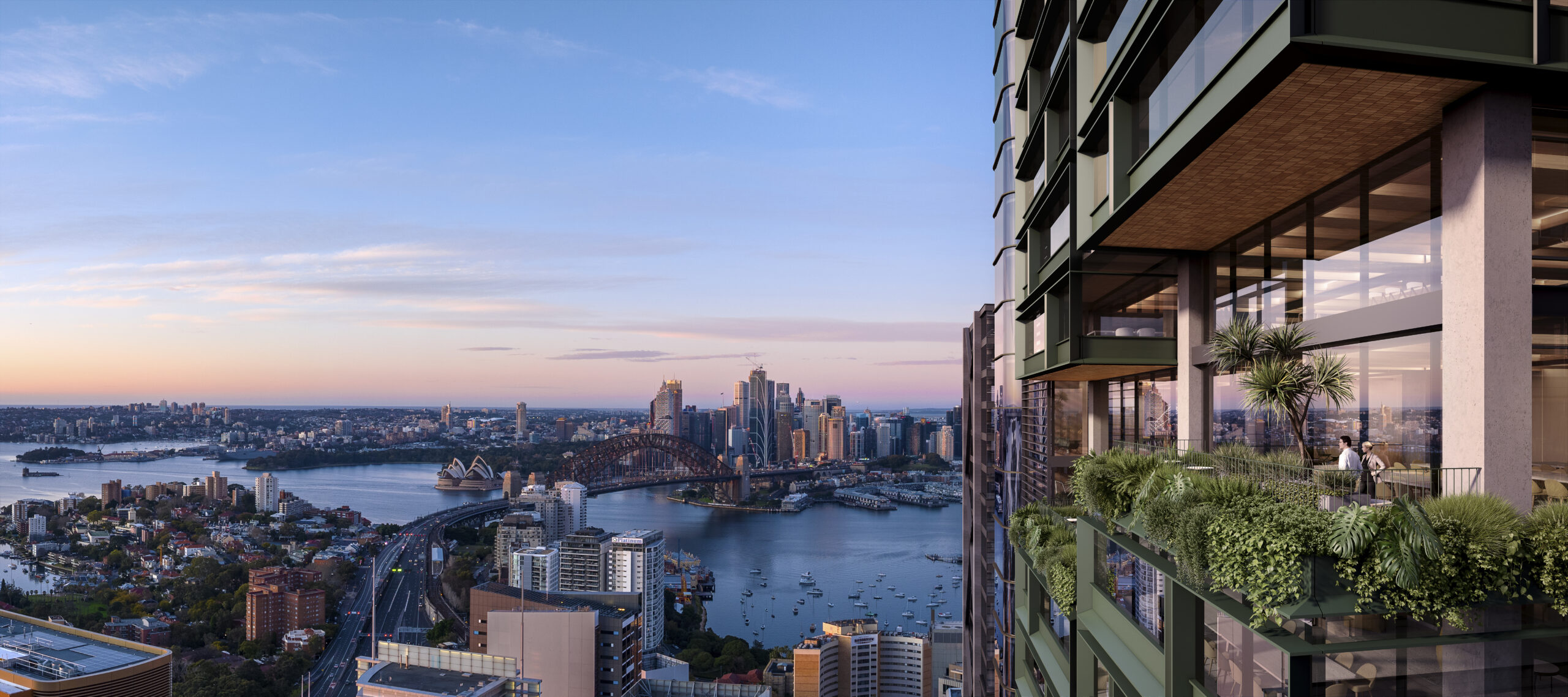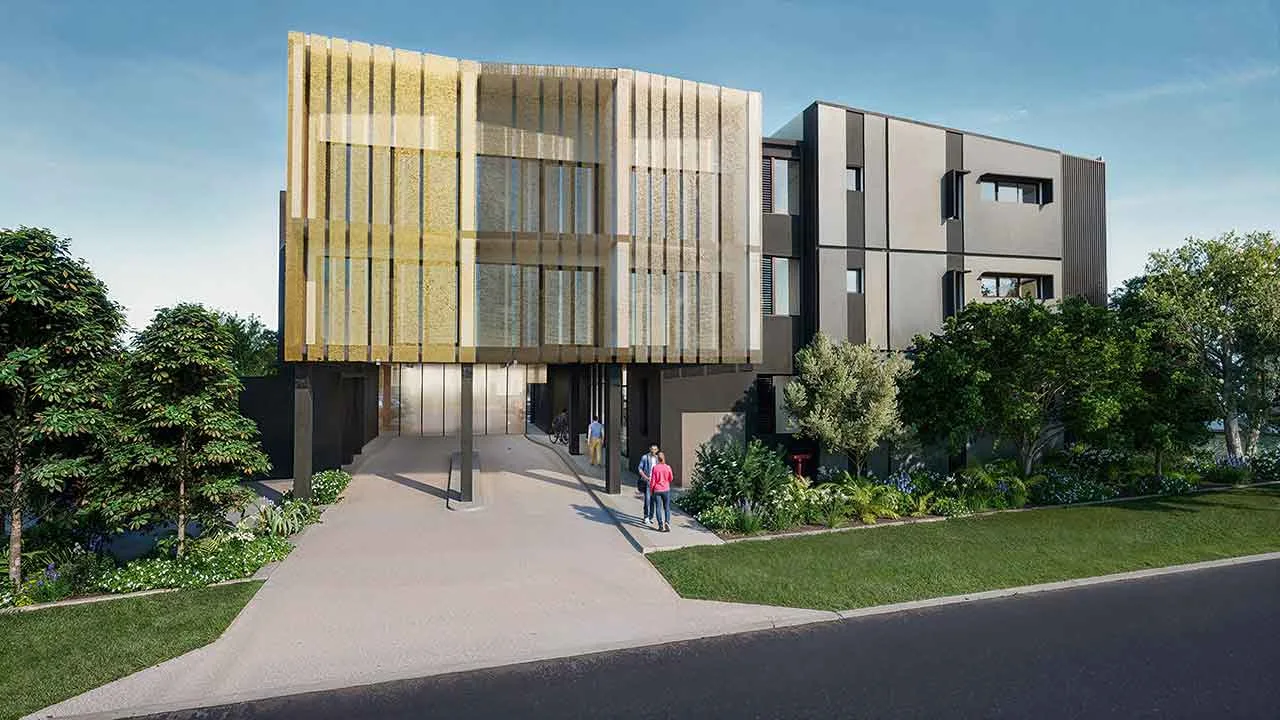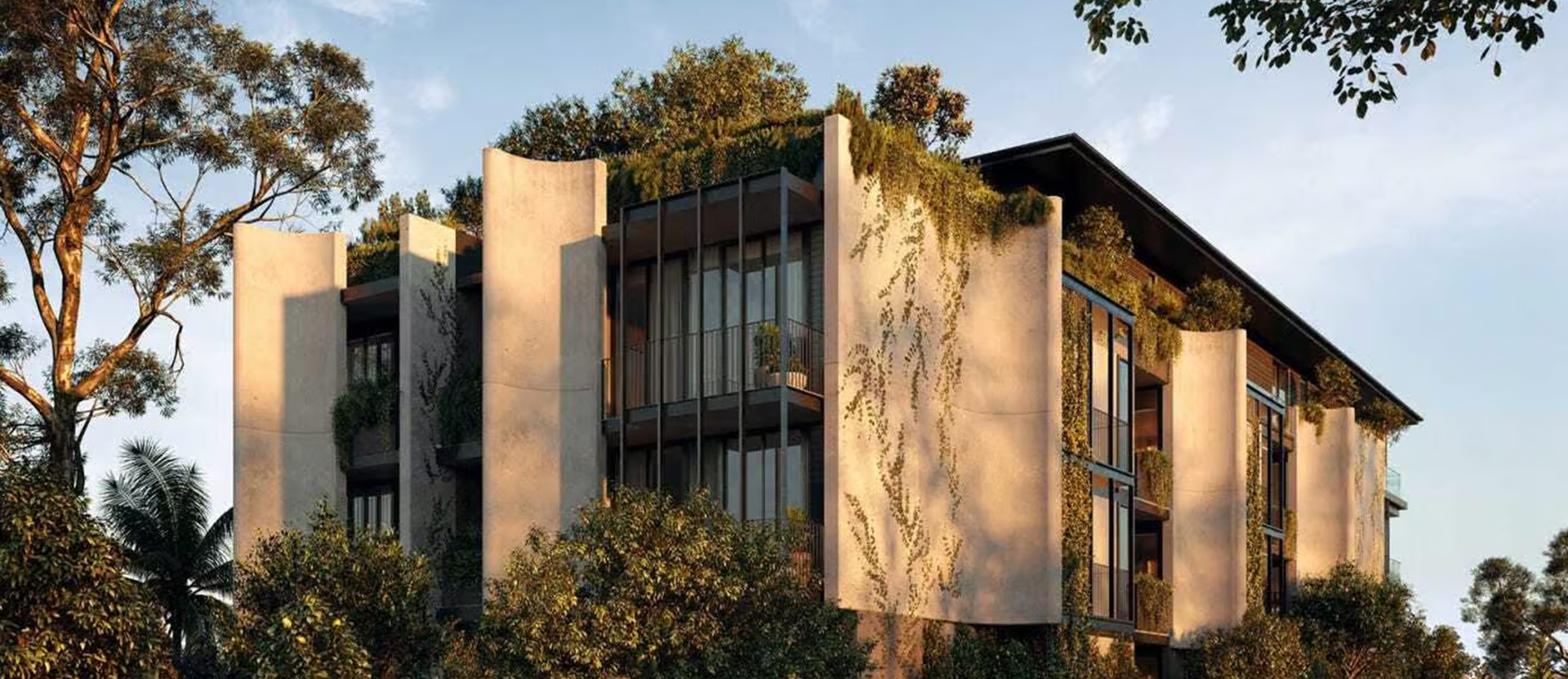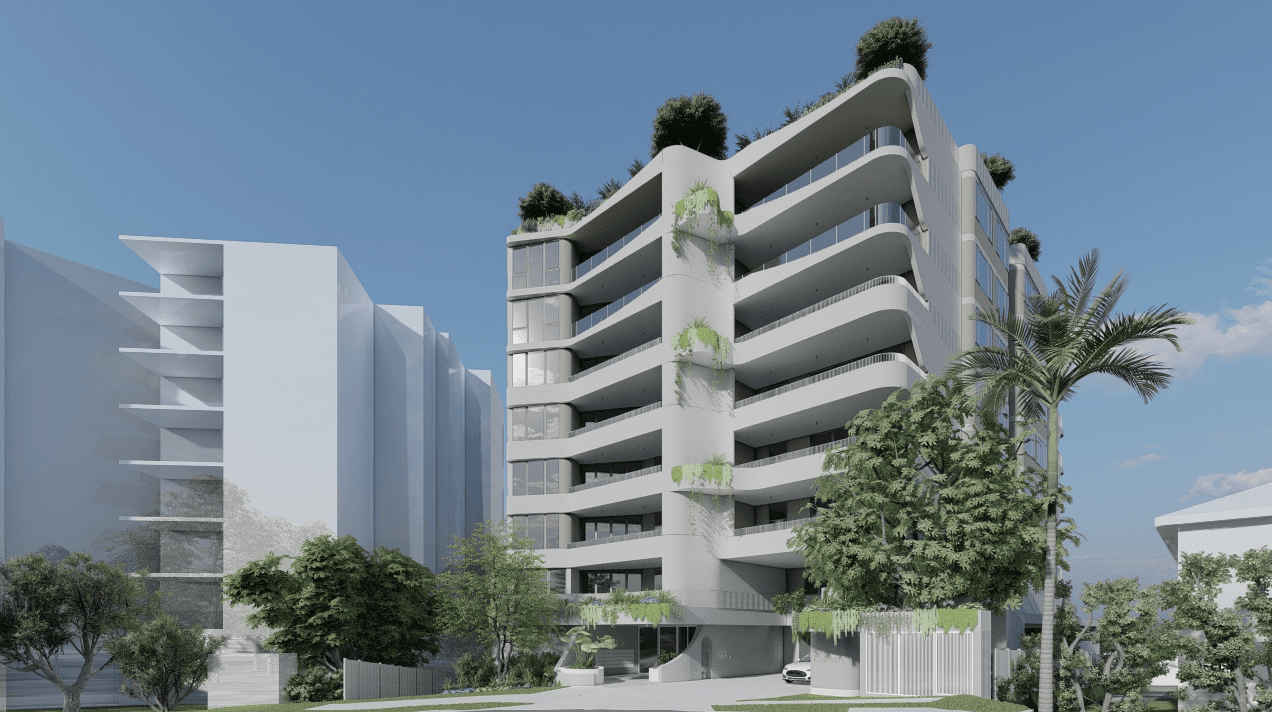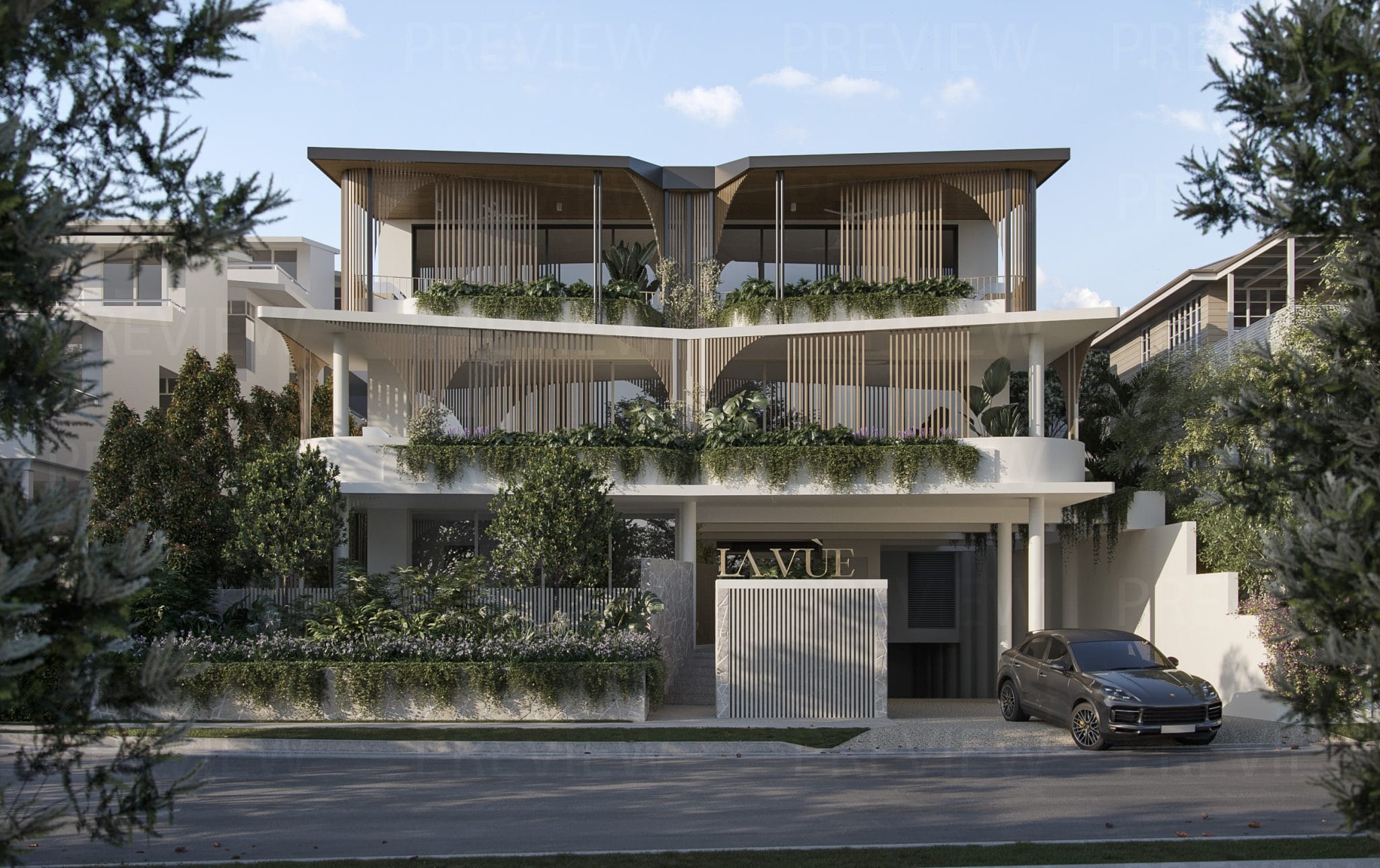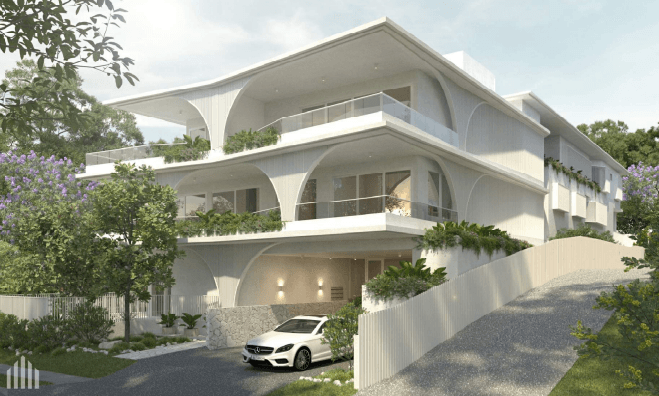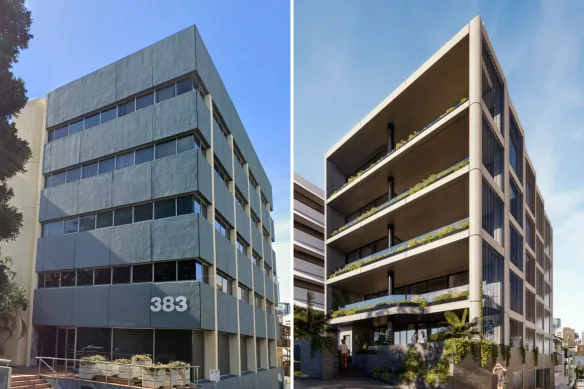Sector
Defence
Location
Tweed Heads South, NSW
This unique refurbishment project at 111 Dry Dock Road, Tweed Heads South, NSW, required a tailored fire safety solution.
Our approach carefully considered the constraints of an existing Class 9b fire strategy while accommodating the building’s new mixed-use functions—all in support of its critical role in cadet training and administration.
The Challenges
- The building’s change-in-use: Converting portions of the Ground Floor to Class 3 accommodation for cadets, alongside maintaining Class 5 office and Class 9b training/lecture spaces, demanded compliance with updated fire safety standards.
- Retrofitting fire ratings: The building’s blockwork construction required significant upgrades to meet the fire resistance levels (FRL) for modern use, particularly in areas now serving as accommodation.
- Egress provisions: Modifying the design to ensure safe and efficient evacuation, while maintaining the building’s architectural integrity, was a key focus.
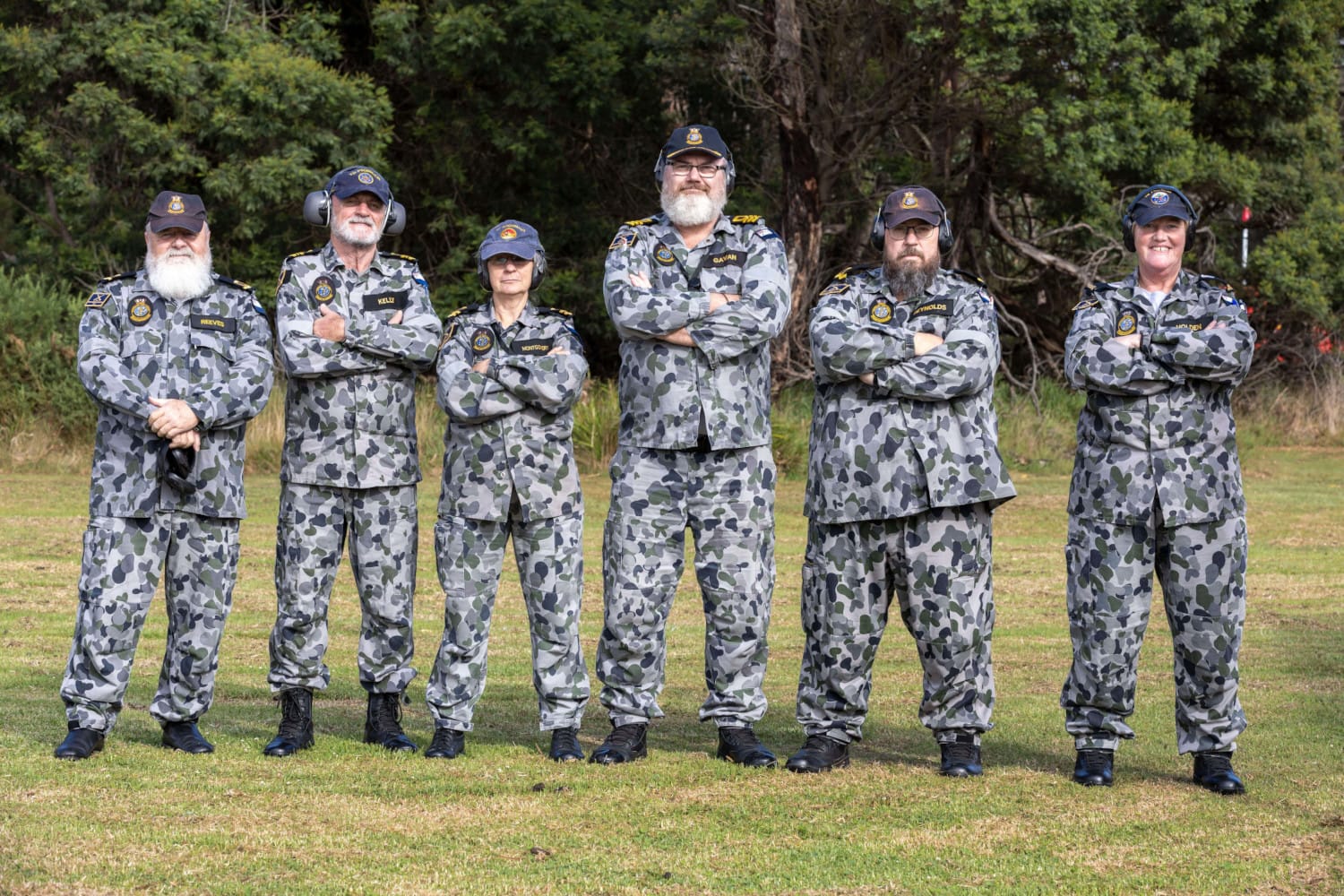
The Solutions
- Enhanced fire separation: Upgraded blockwork walls and ceiling systems, incorporating fire-rated plasterboard and mastic sealing to mitigate fire spread.
- Direct egress routes: Each accommodation unit now includes direct access to the outside for enhanced occupant safety.
- Improved fire detection and warning systems: Existing systems were upgraded to meet modern standards, including ceiling-mounted smoke detectors and enhanced occupant warning systems tailored to the building’s unique needs.
The Outcomes
- Compliance without compromise: The Performance Solution ensured the building met relevant standards under the NCC 2022 and Defence guidelines.
- Safety-first design: Occupants benefit from robust fire safety measures, including early detection and efficient evacuation pathways.
- A multi-functional space: The refurbished building supports Defence operational needs, offering flexible use for training, lectures, and accommodation.
